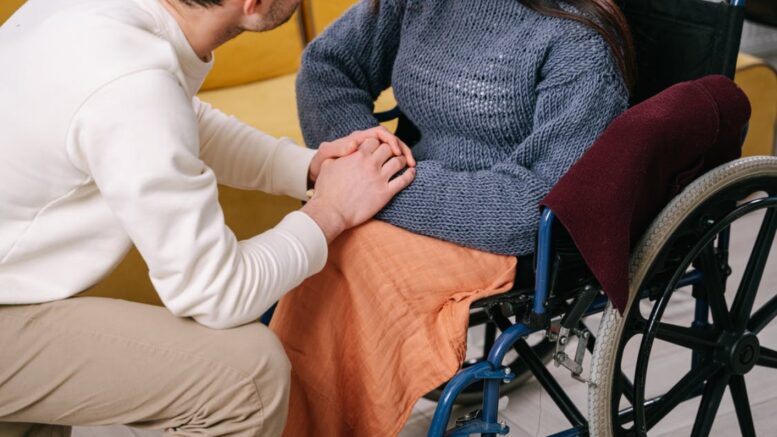With aging populations, more people are looking for ways to make their homes accessible now and continue living in them well into the future. While it’s true that making necessary home adjustments can be expensive, there are numerous financing options available that can help you achieve your dream of a comfortable and accessible living environment – regardless of your budget. In this blog post, we’ll explore some creative solutions for paying for accessibility changes both large and small; read on to learn how you can secure the resources you need to make necessary changes to your home today!
Investigate funding options available
Accessing funding from local government and disability services can be a great way to cover the costs of accessibility adaptations. In some cases, you may qualify for grants or other forms of financial assistance. To find out if this is an option in your area, search online for available programs or contact your local disability office. With a disabled facilities grant application form in hand, you can get started on the process of acquiring the resources you need to make your home more accessible. If you’re not eligible for a government grant, there are still other options available. For example, some private organizations provide financial assistance for accessibility needs.
Find out if insurance can help cover the cost of home modifications
As we age, our homes may need to be modified to accommodate things like mobility issues, vision problems, or other health concerns. But making these modifications can be expensive, and many people wonder if their insurance will cover any of the costs. While it’s not a straightforward answer, there are some situations in which home modifications are covered by certain types of insurance. By doing a little bit of research and talking to your insurance provider, you can find out what your options are and determine the best course of action for your unique situation.

Consider low-cost DIY projects
As we spend more time in our homes, it’s essential to ensure that our living spaces accommodate all of our needs. Whether you or a loved one have limited mobility or simply want to make your home more accessible, tackling low-cost DIY projects is a great place to start. From installing grab bars in the bathroom to creating a ramp for wheelchair access, there are plenty of creative and affordable ways to make your home more accommodating. Not only will these simple projects improve your quality of life, but they can also add value to your home if you ever decide to sell. With a little bit of planning and some elbow grease, you can transform your home into a more welcoming and inclusive space.
Research grants and scholarships that can help offset the cost
Making a home accessible for individuals with disabilities can be a costly endeavor. However, there are options available to offset these expenses. Researching grants and scholarships specifically for accessibility renovations can open up possibilities for financial assistance. With the help of these resources, families can modify their homes to meet the needs of their loved ones without breaking the bank. From creating wheelchair ramps to installing grab bars, these grants and scholarships can make a significant difference in the lives of those with disabilities. With persistence, diligence, and some assistance, families can enjoy a more practical and comfortable home that truly meets their needs.
Utilize online resources to compare loan and financing options
For those looking to make their home more accessible, finding the right financing option can make all the difference. With so many different loans and financing choices available, it can be overwhelming to choose the one that’s best for you. Luckily, there are plenty of online resources that can help simplify the process. By comparing loan and financing options online, you can easily see the different rates, terms, and requirements for each option, making it much easier to make an informed decision. Whether you’re looking to install a wheelchair ramp, widen doorways, or make any other modifications to your property, utilizing online resources can help you find the money you need to make it happen.
Conclusion
While accessibility modification projects can be costly, there are many options available to you to help finance them. Investigate funding from local disability services and government programs, contact your insurance policy provider to determine if they cover renovations for accessibility, explore grants and scholarships specifically for home modifications, educate yourself on loan and financing options offered online, and take advantage of tax deductions or incentives from the state or federal government. With a bit of planning and research, you can make the necessary changes to your home in order to create a safe and workable environment. Act now – start researching today!
